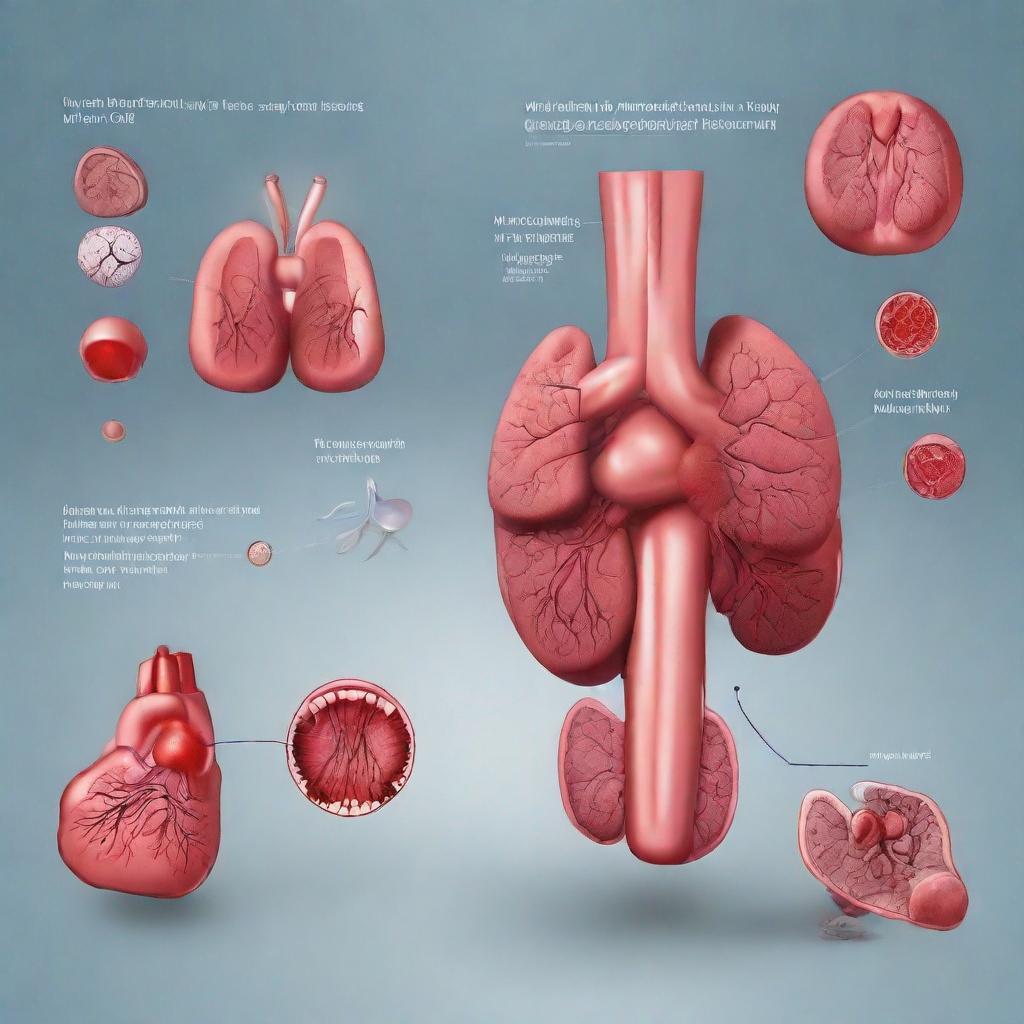## Urinalysis: A Comprehensive Guide to Understanding Your Urine
### Introduction
Urinalysis is a medical test that analyzes the physical, chemical, and microscopic characteristics of urine. It is a valuable tool for healthcare professionals to assess overall health, detect diseases, and monitor treatment progress.
### Procedure
**How the Test is Performed:**
Urinalysis is typically performed on a clean-catch urine sample. To obtain the sample:
1. Wash your hands thoroughly.
2. Clean the genital area with a wipe or soap and water.
3. Collect midstream urine into a sterile container. Avoid collecting the first or last part of the stream.
**Tools Used:**
* Urine collection container
* Dipstick (a plastic strip with chemical indicators)
* Microscope
* Automated analyzer
**Who Typically Performs the Test:**
* Doctors, nurses, and laboratory technicians
### Diagnosis
Urinalysis can help identify a wide range of conditions and diseases, including:
* **Urinary Tract Infection (UTI):** Increased white blood cells and bacteria in the urine.
* **Cystitis:** Inflammation of the bladder, often indicated by blood in the urine and pain during urination.
* **Pyelonephritis:** Infection of the kidneys, characterized by excessive white blood cells and bacteria in the urine.
* **Kidney Stones:** High levels of calcium, oxalate, or phosphate crystals in the urine, which can indicate the presence of stones.
* **Diabetes:** Elevated glucose levels in the urine.
* **Kidney Failure:** Decreased urine output and abnormal levels of creatinine and protein.
* **Preeclampsia:** High protein levels in the urine during pregnancy, indicating potential complications.
### Importance
Urinalysis is important because it provides valuable information about various aspects of health:
* **Overall Health:** It can detect general health issues by assessing the urine’s appearance, color, and specific gravity.
* **Kidney Function:** It evaluates the kidneys’ ability to filter waste products and maintain fluid balance.
* **Urinary Tract Infections:** It helps diagnose and monitor UTIs, which are common infections affecting the urinary system.
* **Metabolic Disorders:** It can detect abnormal levels of glucose, ketones, and other metabolites, indicating potential metabolic issues.
* **Pregnancy:** It can detect protein levels in the urine, which may indicate preeclampsia during pregnancy.
### Alternatives
In some cases, alternative tests or procedures may be used to complement urinalysis:
* **Urine Culture:** To identify specific bacteria causing a UTI.
* **Urine Cytology:** To examine cells shed from the urinary tract for abnormalities, such as cancer.
### Preparation
For most urinalysis tests, no special preparation is required. However, for certain tests, such as urine culture, your doctor may instruct you to stop taking certain medications or observe dietary restrictions.
### Duration
The test itself typically takes a few minutes to complete. Results are usually available within a day or two.
### Recommendations
Depending on the results of your urinalysis, your doctor may recommend further tests or procedures, such as:
* **Blood tests:** To assess kidney function and overall health.
* **Imaging tests:** To visualize the urinary tract and identify any structural abnormalities.
* **Cystoscopy:** To examine the inside of the bladder and urethra.
### Conclusion
Urinalysis is a simple yet powerful test that provides valuable insights into your health. By analyzing the physical, chemical, and microscopic characteristics of urine, healthcare professionals can detect diseases, monitor treatment progress, and maintain overall wellness.



